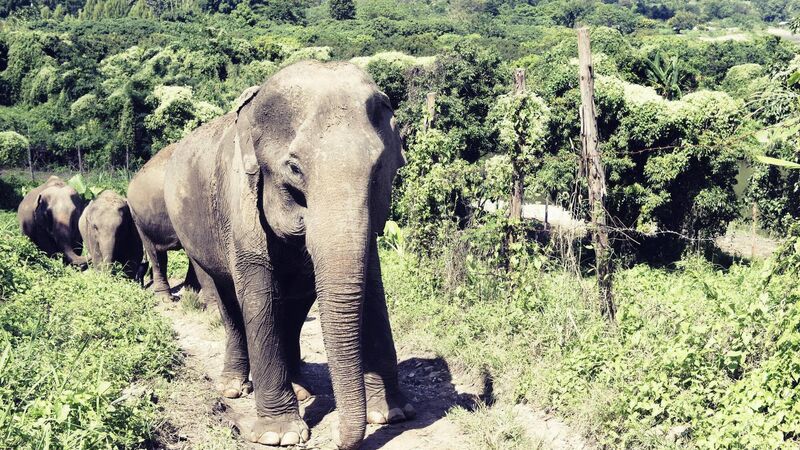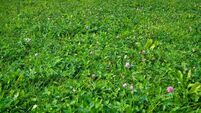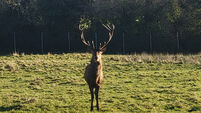Overhunting of species curtails ability of forests to store carbon

Poaching the likes of elephants, gorillas, and toucans is not only disastrous for biodiversity but also impacts the ability of forests to act as a natural carbon storer, new research has found. Picture: Getty
Poaching the likes of elephants, gorillas, and toucans is not only disastrous for biodiversity but also impacts the ability of forests to act as a natural carbon storer, new research has found.
The Wildlife Conservation Society (WCS) study found that overhunting of these species, along with other large species that eat fruit and disperse large seeds, makes forests less able to store or sequester carbon.
CLIMATE & SUSTAINABILITY HUB













